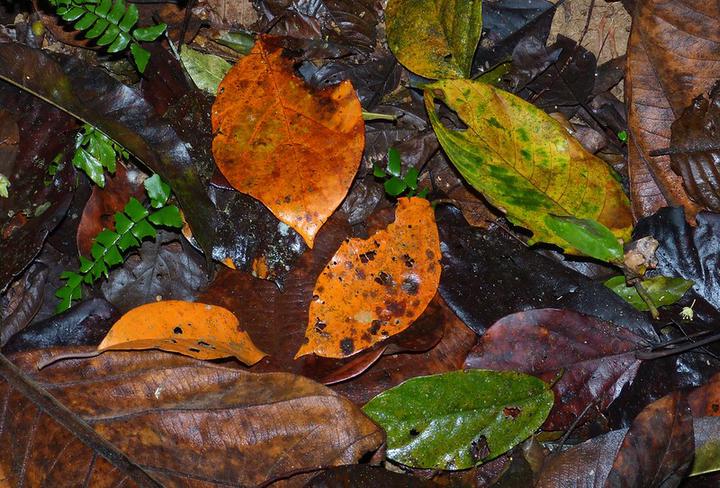Comparative litter decomposability traits of selected native and exotic woody species from an urban environment of north-western Siwalik region, India
 Image credit: Flickr
Image credit: Flickr
Abstract
Exotic plants can potentially modify ecosystem functions like cycling of nutrients by adjusting their decomposition rates. However, these effects are largely unknown for urban ecosystems, though they act as reservoirs of exotic plants. The present study evaluated the decomposition rates of five native and five exotic (three invasive and two non-invasive) species by conducting the litter bag experiment. Our study, however, did not find any significant differences in overall decomposition rates of native and exotic species but decomposition rates were strongly correlated with initial chemical quality of the litter. Further, litter carbon, lignin to nitrogen ratio and carbon to nitrogen ratio seemed to be good predictors for decomposition rates in this study. Interestingly, invasive exotic species had higher decomposition rate while non-invasive exotic species showed a slower rate as compared to the native species. In conclusion, our study indicates that invasive exotic plants try to maintain a higher chemical quality of litter than native and non-invasive exotic species which promotes their rapid decomposition. Thus, the better chemical quality of litter may facilitate the naturalisation and invasion of exotic plants irrespective of their origin.